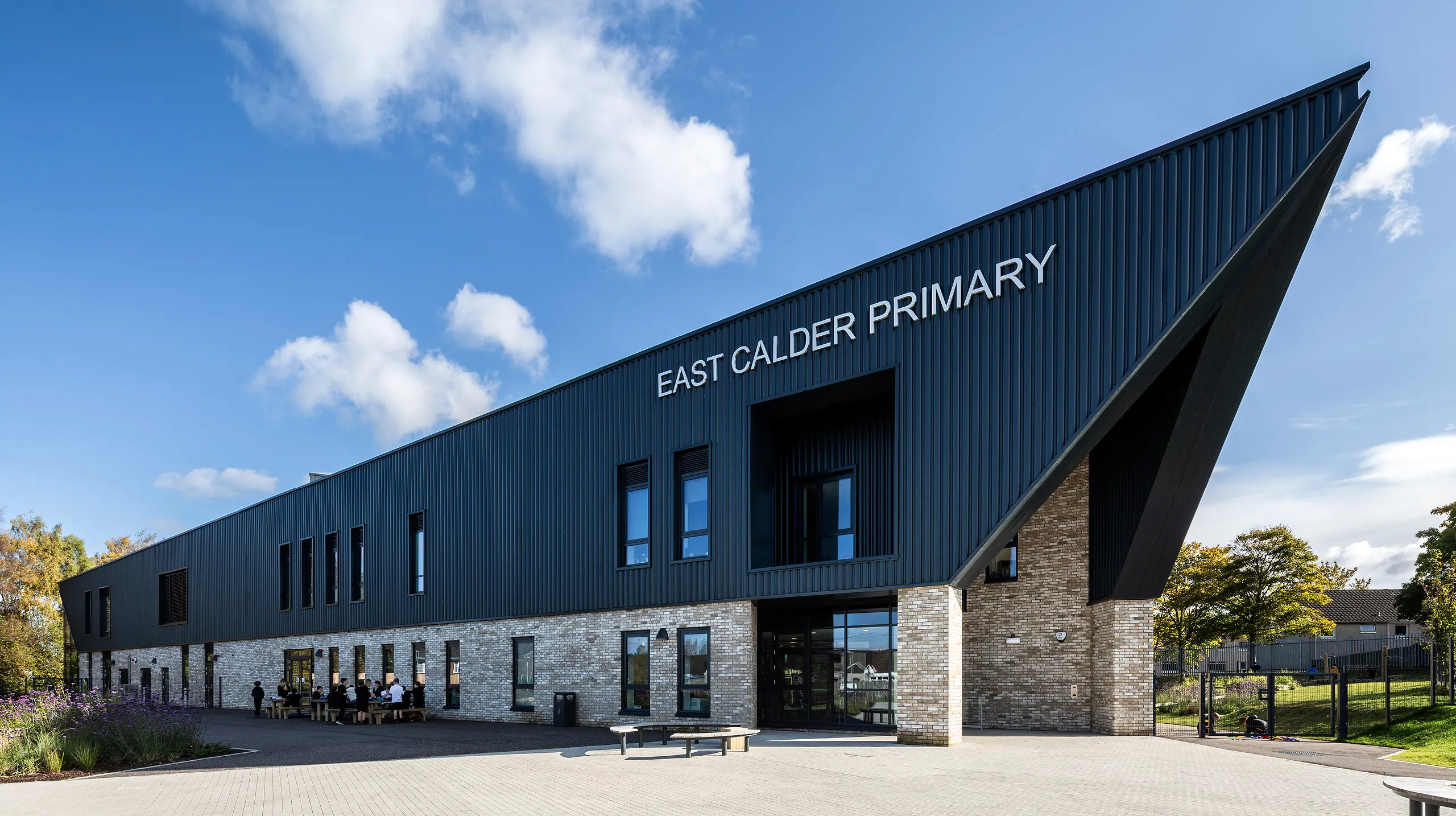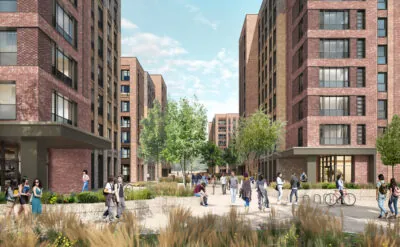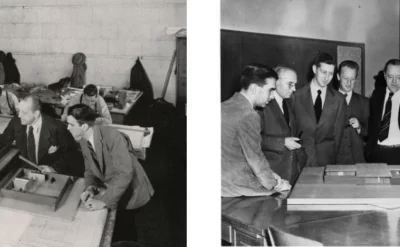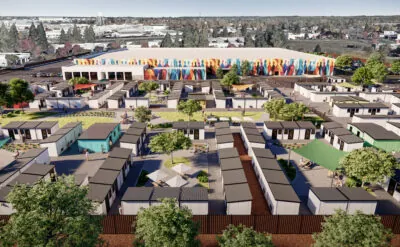Architects live in interesting times. We respond to challenging briefs. We wrestle with complex contexts to provide a sense of place. We add value. We think carefully, we design sustainably, and we often deliver our work through challenging procurement systems. Budgetary constraints and onerous energy performance requirements add to the mix, all of which is currently leading to an understandable degree of emerging commonality in the design of Scottish schools. Projects are becoming simpler, usually with lower form factors and a constrained architectural aesthetic. Such an approach can of course be entirely appropriate, in fact it can be very good, but that’s not always the case, don’t you think? Every site is different. Every context demands a different solution, a different form. Buildings are not cars, and common requirements don’t necessarily lead to common solutions.
Our East Calder Primary School, completed in 2024, is entirely different to our Notre Dame High School in Greenock, completed in 2011. That earlier project has a complex richness and a sense of place that we simply couldn’t deliver within today’s myriad constraints, at least not in the same way. Now, you may say that the absence of complexity is a good thing, and I suspect some of my colleagues would agree with you; however in creating low energy projects, we shouldn’t forget that good architecture is – without exception – always holistic in nature; it is derived from first principles too. In the case of Notre Dame, we sought to reflect the shipbuilding heritage of its Inverclyde setting whilst also responding directly to the site’s gracefully curving context.
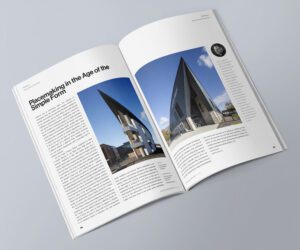
Local heritage and culture demanded a different solution, and we then had the freedom to provide it. The headteacher seemed to agree. At the opening ceremony he remarked: “When I look around this new building, I can see that young people are valued by the society which created it”. I found that very moving, and a pretty good definition of success. Notre Dame’s richness and complexity contrasts with the simplicity of our own current work, and that of others today, but “simple” means different things to different people. To some it means best value, to others it suggests a sensible, rational solution, whilst to others still it can be interpreted as an expedient means to minimize cost and maximize profit. Simplicity can however still be memorable. It can often deliver a rich learning experience, and a contextual solution. That’s exactly what we found at East Calder. Here, an interconnected learning environment punctuated by natural light is enclosed in a pure form, in this case an equilateral triangle as a direct response to the site. There is a south façade to absorb heat, but no north façade from which to lose it. The tallest point is the main entrance and one simple roof flows down to one simple gutter, minimizing maintenance and simplifying site drainage. The building’s efficient form factor not only helped us to the meet the Scottish Government’s challenging energy performance targets, it also allowed us to use double glazing instead of triple, further lowering the embodied carbon of the school.
Such simplicity is increasingly common, but it’s not necessarily always the right answer. Take a look around you. Have a look online. Simple forms are everywhere, driven by cost, carbon, energy performance and perceived buildability. Such criteria may now steer us to design in a different way, which is all very well, but I do look back wistfully to Notre Dame, to a time when we had greater freedom to think very carefully about place, and to express that thoughtfully in the holistic architecture which defines it.
This article by Kevin Cooper, Director, UK was featured in RIAS Quarterly Issue 59 and has been republished with permission.
